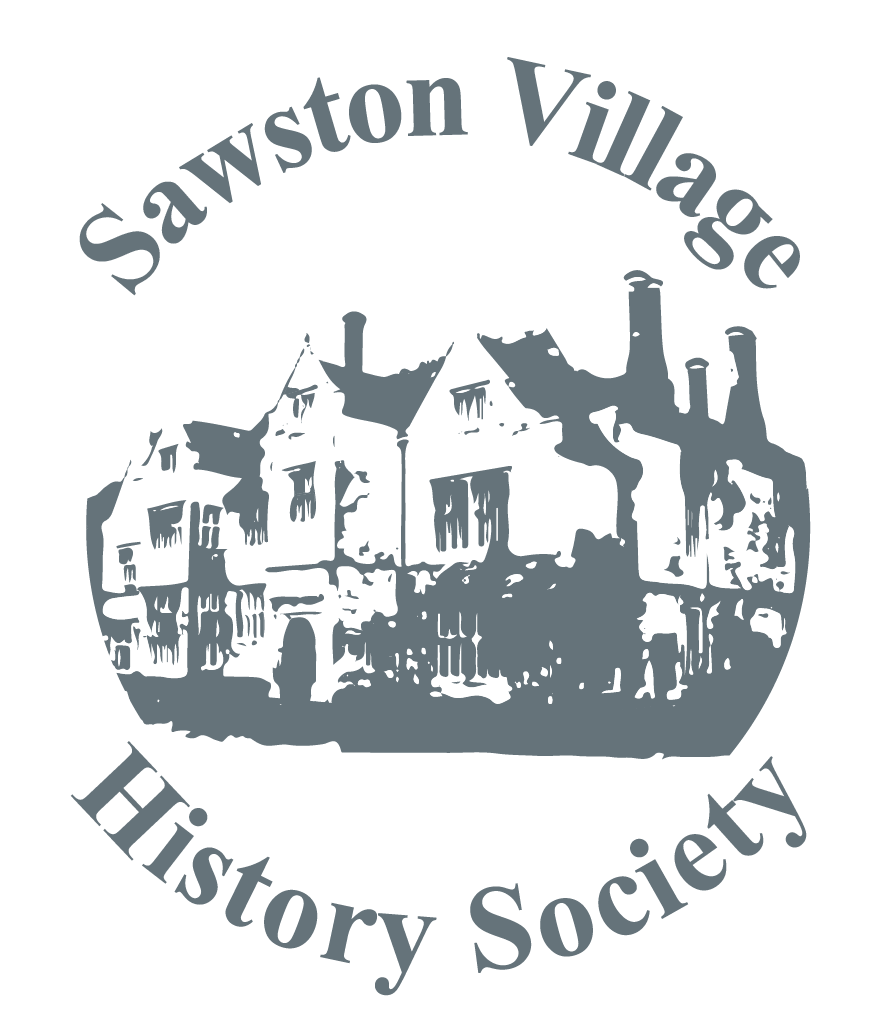
Towards the end of the reign of Elizabeth 1 there were numerous plots against her; perhaps the most notorious being the Essex Plot of 1601. William Waad, in his capacity of Lieutenant of the Tower of London, was the official investigator. He was required to find out everything about the plotters and what they were plotting. Needless to say, this entailed the application of various devices to help with the extraction of such information from people who found themselves detained at the Tower.
William Waad was a devout Protestant and enjoyed the patronage of the powerful Cecil family. He had a hatred of Catholics, presumably because his cousin, Richard Waad/Ward was burnt during the reign of the Catholic Queen Mary in 1555, when William was about nine. Like his father, he was appointed Clerk to the Privy Council during the later years of Queen Elizabeth’s reign and then James 1. His career as an intelligence gatherer blossomed under the patronage of William Cecil, later Lord Burghley. Did he ever say, “the name is Waad, William Waad!”
An important coup was his involvement in the provision of the fatal evidence against Mary Queen of Scots, which resulted in her execution in 1587. The chief intelligence gatherer was Lord Walsingham (W?) who set up what could be called a spy network, ably assisted by Waad. It was Waad who raided Mary’s bedroom, while she was called away on a pretext, and found numerous incriminating coded letters which were quickly deciphered. Mary’s fate was then sealed.
An intriguing gift made to Waad was a large rhinoceros horn, in 1581, following his visit to Portugal as an ambassador. He married his second wife, Anne Brown in about 1598, some nine years after the death of his first wife. This was 2 years after the birth of their first child, and was followed by 14 more. Did the horn play a part in this fecundity?
William Waad was responsible for the interrogation of the gunpowder plotters in November 1605 and was present at the interrogation of Guy Fawkes, amongst others. Another unfortunate was Nicholas Owen, famous for his expertise in the construction of priest holes; the one at Sawston Hall being the most well known example. Owen was asked to divulge the whereabouts of the priest holes he had constructed at various Catholic houses but he steadfastly refused and died horribly under torture. It is not known if Henry Huddleston was interrogated by Waad for his possible involvement in the Plot, as Nicholas Owen had previously visited Sawston Hall to construct the priest hole. We know Huddleston had to pay a hefty fine and had his Essex estates confiscated. As he had escaped being executed it has been suggested that he may possibly have had a hand in betraying the plotters.
Waad retired to his house, Battles Hall, Manuden (north of Bishops Stortford) and carried out work locally as a JP. He died in 1623. His rhino horn can still be seen in the Tower of London and he has a monument in the church at Manuden.
Fiona has written an excellent book about this very interesting part of English History, “Sir Willaim Waad, published by Trafford Publishing in 2005.
Our Heritage Centre at the Sawston Parish Council office in Link Road is open every Monday morning where our archivists Bryan Howe and Andrew Little will be delighted to help out with any queries relating to Sawston and its history.